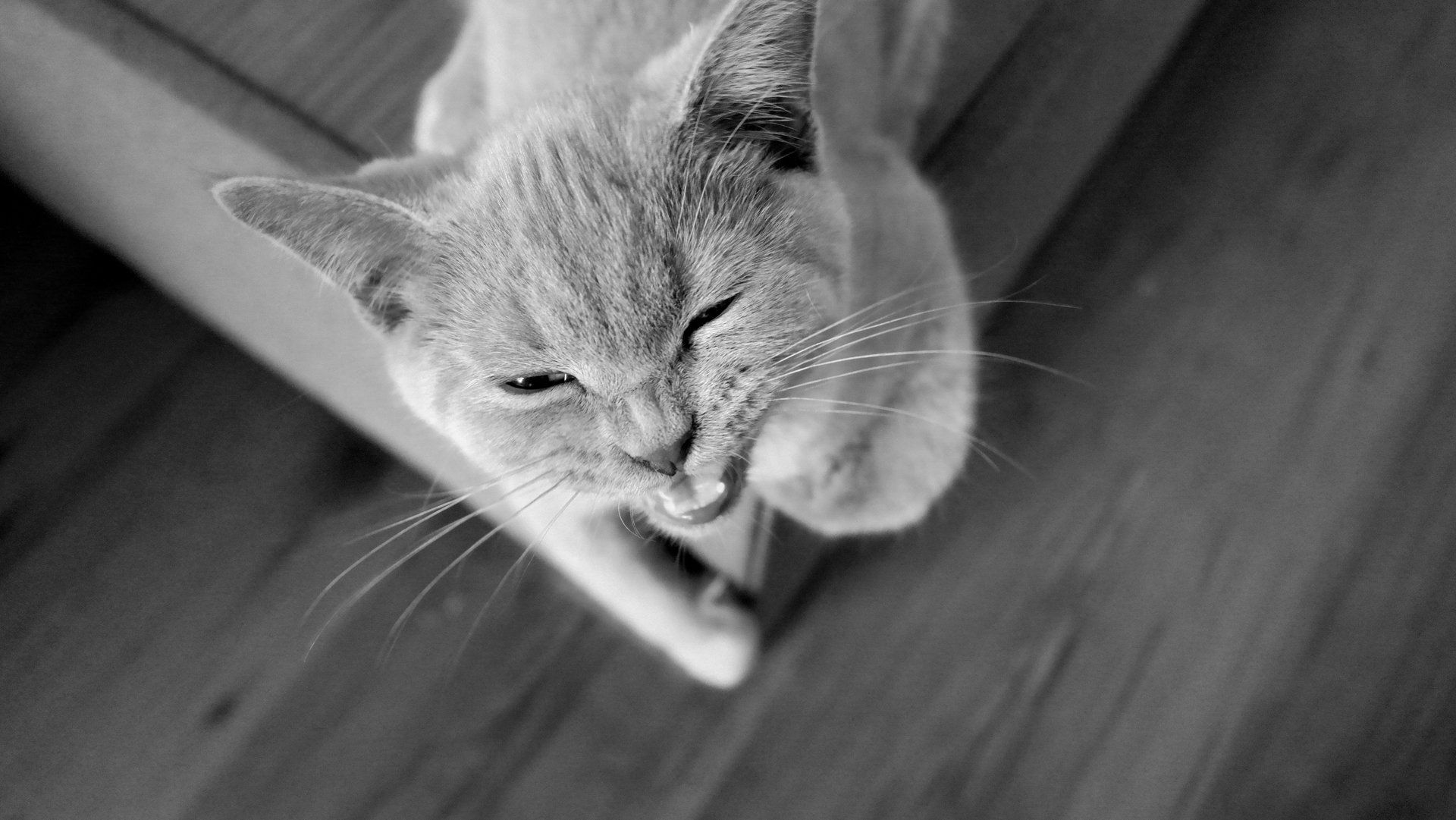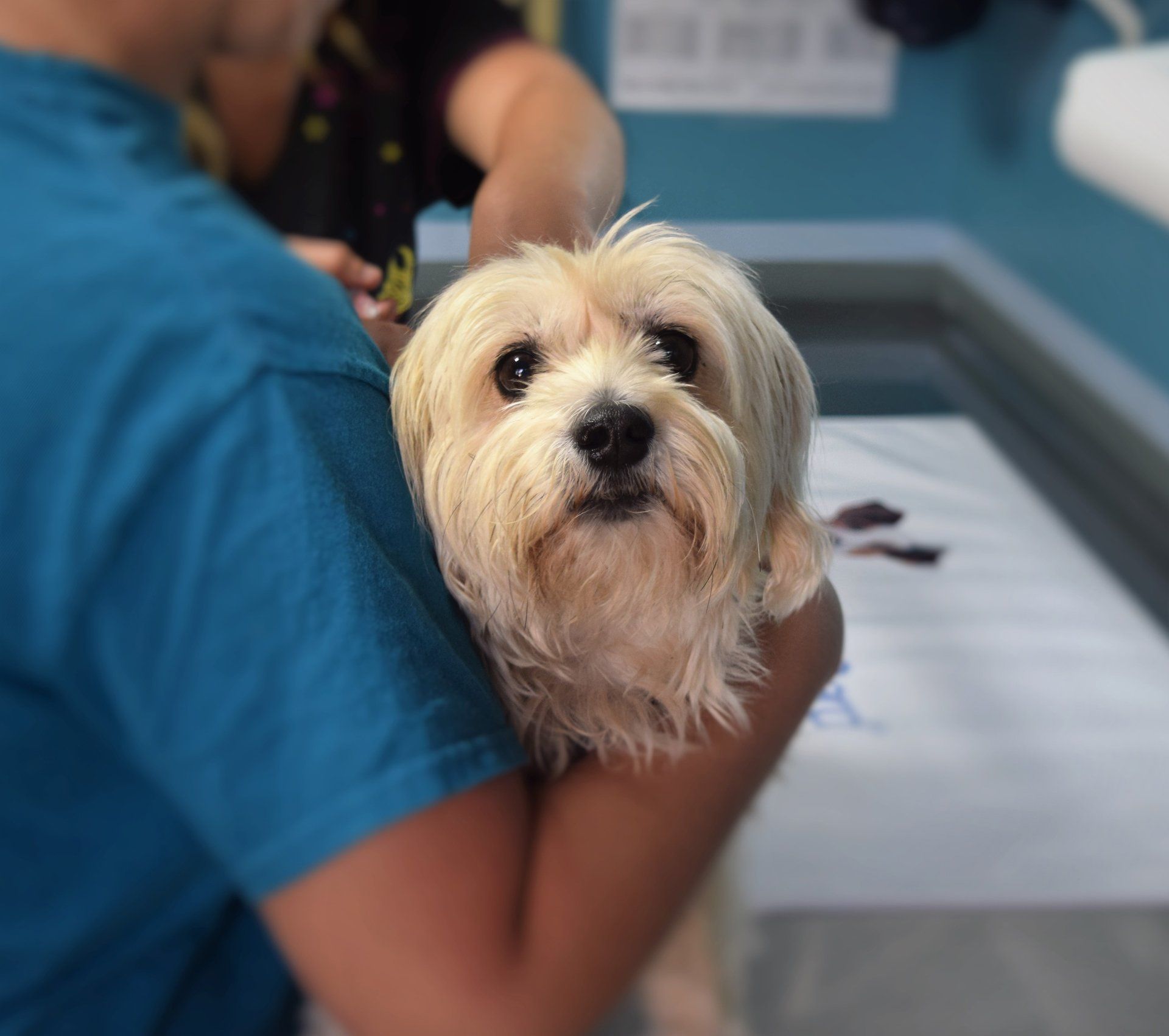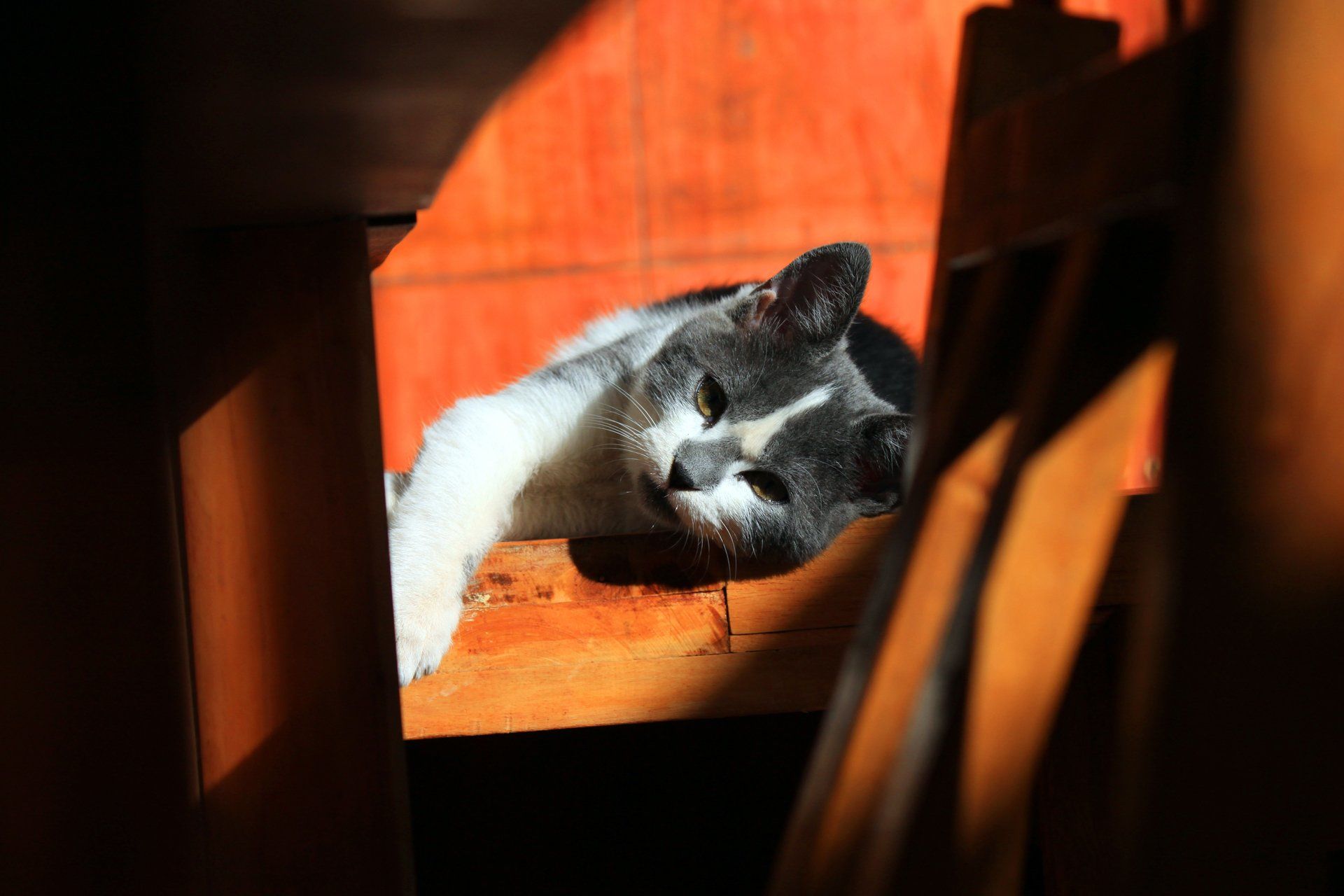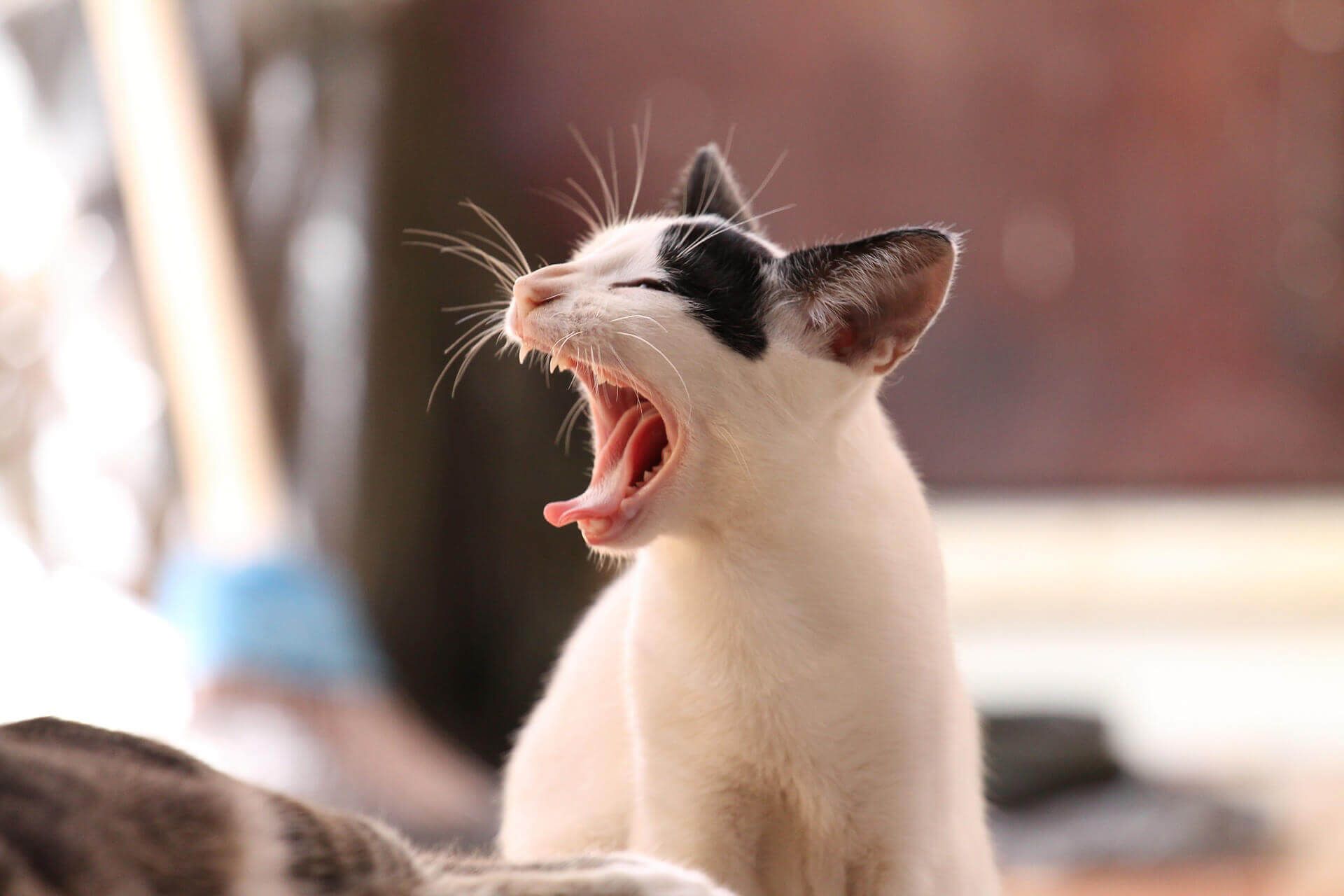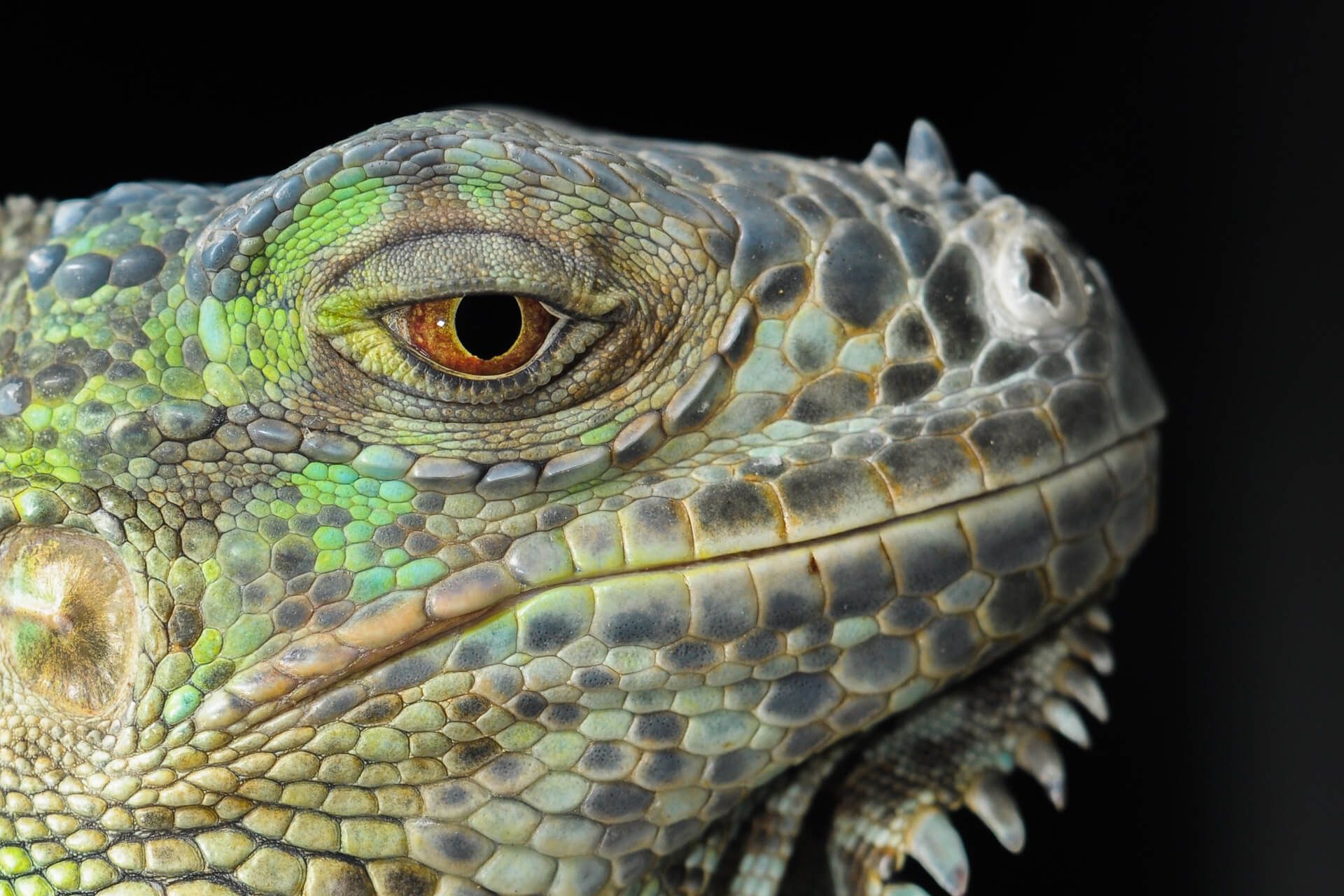Does that special feline in your life confuse you with behaviors that seem to run hot and cold? Cats can indeed be quite affectionate, some of the time, at least. But in general, they do tend to maintain a high degree of independence as well, which can strike many as a sign of disinterest or aloofness.
That’s why it’s important to learn how to understand the way your cat communicates. Like most animals, felines use body language to communicate. So when Kitty is feeling friendly, for example, his or her whiskers will point forward. And when your feline pal is feeling angry or defensive, those whiskers will lie close to the face.
Another thing to look for is what your cat’s tail is doing. When it’s held high, your furry friend is probably feeling happy. When it’s half-raised, Kitty is not quite as content. And when it’s held low to the ground your furry friend probably has a case of the blues. A twitching tail indicates that Kitty is angry or in hunting mode.
When your cat purrs, he or she is probably expressing contentment. But beware: depending on the situation and/or how your cat looks physically, that same purring could also signify distress, anxiety or illness.
Your cat’s meow can also carry multiple meanings, which can only be learned by observing him or her over time. Cats typically meow in different pitches, each of which carries a different meaning. Some meows may actually be “commands.” Others may be “requests” or “complaints.”
Feline temperament can also vary according to breed and level of socialization. A cat that was not socialized as a kitten may act guarded and display aggression towards other cats and strangers. Fortunately, you can address such problems using behavior modification strategies.
You may find that your particular feline is especially active at night. If this is a problem for you, try playing with Kitty about 2 hours before bedtime so he or she will get tired earlier. Be sure that playtime takes place at the same time every day: this will help reset your cat’s circadian rhythm.
“Learning” your pet takes time. But it’s important because it’s the only way you’ll know when something’s not right. If you do find that your cat just isn’t behaving the same, then make an appointment with Austin Pet and Bird. Our caring vets will run a nose to tail exam to find what’s really going on with your feline pal.


